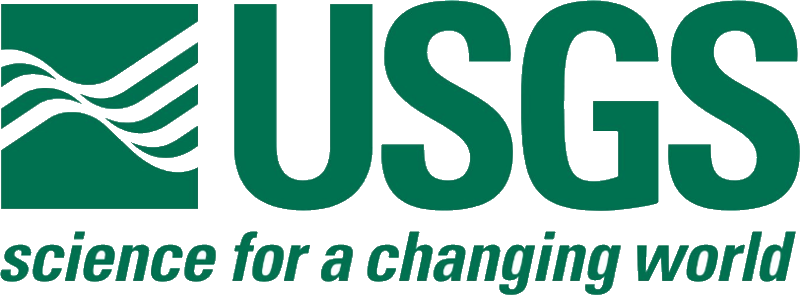- ▾ Other ShakeOuts ▾
- Alaska
- American Samoa
- Arizona
- British Columbia
- California
- Central U.S. (AL AR IA IL IN KS KY LA MO MS NE OH OK TN)
- CNMI
- Colorado
- Guam
- Hawaii
- Idaho
- Japan
- Montana
- Nevada
- New Mexico
- New Zealand
- NorthEast U.S. (CT MA ME NH NJ NY PA RI VT)
- Oregon
- Puerto Rico
- Quebec & Eastern Ontario
- SouthEast U.S. (DC DE FL GA MD NC SC VA WV)
- Texas
- Upper MidWest U.S. (MI MN ND SD WI)
- U.S. Virgin Islands
- Utah
- Washington State
- Wyoming
- Yukon
- Other Countries

Kansas
The Great Central U.S. ShakeOut is a multi-state drill spanning much of the central United States. This page has information for participants living in Kansas.
Points of Contact
FEMA Regional Earthquake Program Manager
Cheickh Koma, FEMA Region VII
Email: cheickh.koma@fema.dhs.gov
Phone: (816) 283-7067
Website: http://www.fema.gov/region-vii-ia-ks-mo-ne-0
Participants
people are currently registered to participate in this year's Great Central U.S. ShakeOut.
are from
Kansas
Number of Kansas participants in each category
View names of participants:
Kansas Earthquake Hazards
The earliest, and possibly the strongest, shock reported within Kansas' borders occurred April 24, 1867. Several persons were injured, though not seriously. Plaster cracked, objects were thrown from shelves, and doors and windows were shaken at Lawrence. The earthquake was also felt strongly at Manhattan, where stones loosened on buildings and walls cracked. A heavy wave, about two feet high, was observed on the Kansas River at Manhattan. The tremor was felt over an area of 300,000 square miles in Kansas, Missouri, Nebraska, Arkansas, Illinois, Indiana, Kentucky, and possibly Ohio. A moderate earthquake near Valley Falls, northeast of Topeka, on November 8, 1875, was felt over about 8,000 square miles in eastern Kansas and western Missouri. Dishes rattled; windows shook; some buildings rocked or quivered (intensity V).
Eastern Kansas felt the effects of a strong earthquake centered near Charleston, Missouri, in 1895. The October 31 shock affected about one million square miles over 23 States. Topeka reported the strongest effects in Kansas - houses shook and people were awakened. Dishes and windows rattled in other towns.
On January 7, 1906, a strong shock affected an area of about 10,000 square miles in Kansas, Missouri, and Nebraska. Chimneys were thrown down and some cracks in walls were observed at Manhattan (intensity VII). Houses and buildings vibrated at Topeka, where a loud roaring sound was also heard. Some towns reported feeling two or three shocks. A series of small aftershocks of the January 7 earthquake was felt in Manhattan, the last being reported on January 23.
An earthquake on March 18, 1927, near White Cloud, in the extreme northeastern portion of the State, rocked houses such that people rushed out of them. The felt area was limited to about 300 square miles.
A damaging earthquake centered near El Reno, Oklahoma on April 9, 1952, affected a total area of 140,000 square miles, including all of the eastern half of Kansas. The magnitude 5.5 shock was felt in Kansas most strongly (intensity V) at Medicine Lodge; intensity V effects were also observed at Kansas City.
On January 6, 1956, minor damage occurred at Coats, Coldwater, Medicine Lodge, and Wilmore, Kansas, and Alva, Oklahoma. The damage was limited to loosened bricks, cracked plaster and chimneys, and objects knocked from walls and shelves. Many observers reported being shaken from their beds by the shock a few minutes before 6 a.m. The total felt area covered approximately 16,000 square miles.
Another felt earthquake with an epicenter in Kansas occurred April 13, 1961. The area affected was about the same as that from the 1933 tremor, principally Norton County, Kansas, and Furnas County, Nebraska. Intensity V was the maximum reported from this region. The November 9, 1968, earthquake centered in southern Illinois was felt moderately throughout the eastern portion of Kansas. All or parts of 23 states were affected by this magnitude 5.3 shock.
2017 USGS Maps Identify Potential Ground-Shaking Hazards in Kansas
Induced seismicity poses the highest hazard in two areas, which are Oklahoma/south-central Kansas and the Colorado/New Mexico area known as the Raton Basin. In those areas, there is a significant chance that damaging levels of ground motion will occur in 2017
The following links provide local and statewide earthquake hazard information:





